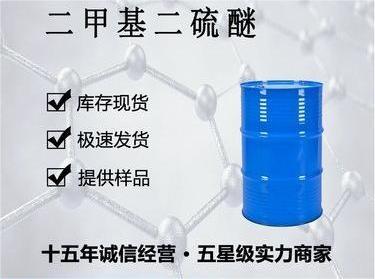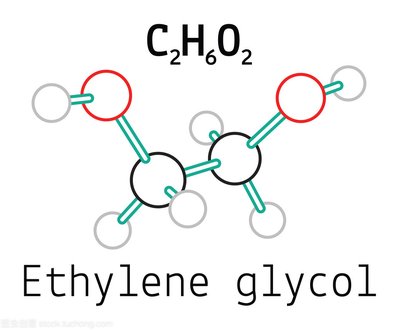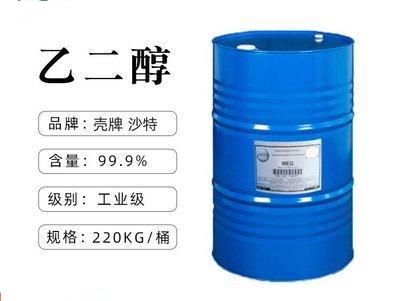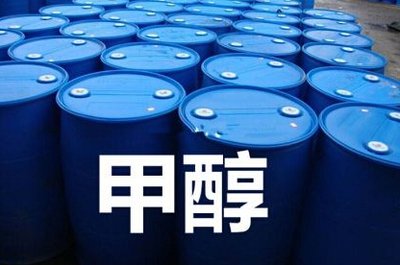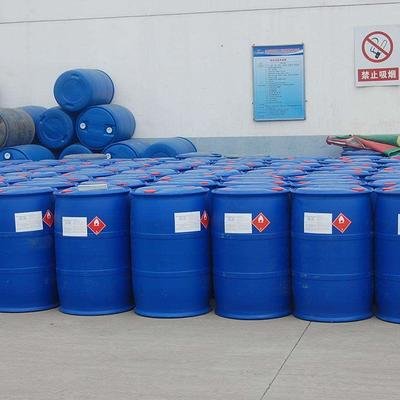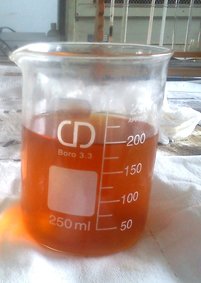lithium hexafluorophosphate hydrolyzed with sodium chloride
What is Lithium Hexafluorophosphate (LiPF6)? Lithium hexafluorophosphate (LiPF6) is a cornerstone compound in the world of lithium-ion batteries. Known for its significant role as an electrolyte, it combines unique chemical properties with critical applications that keep modern energy storage solutions thriving. But what exactly makes LiPF6 so essential? Let’s break it down. Chemical Properties and…

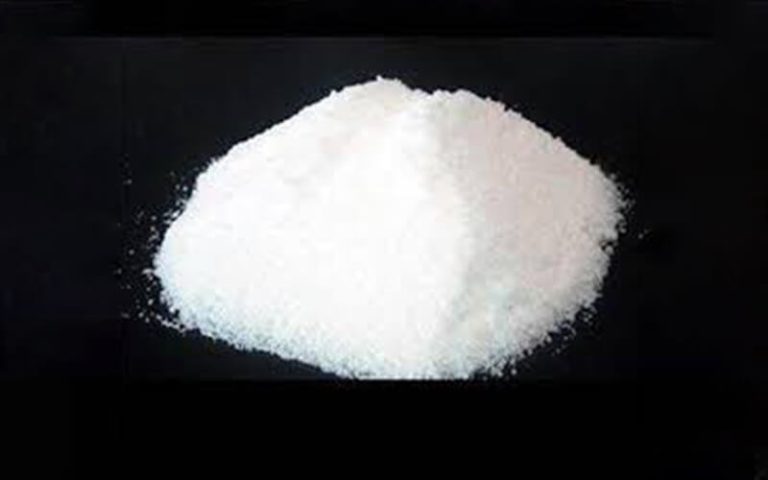
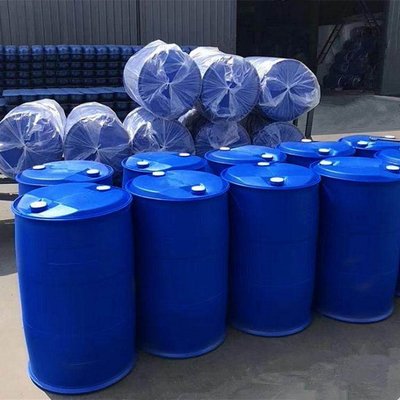
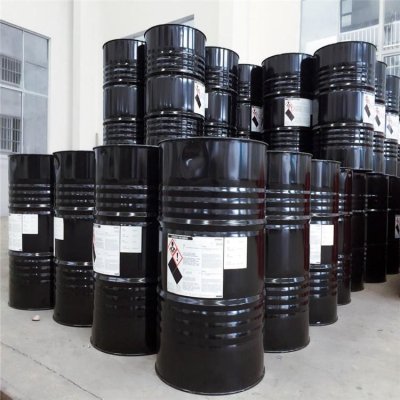
dimethyldisulfide.jpg)
